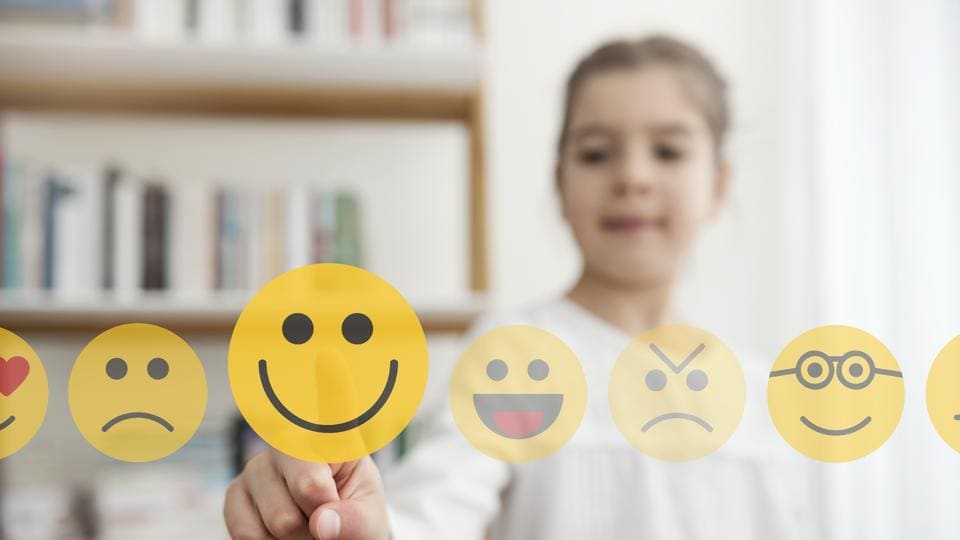World emoji day: The most popular, and the most misunderstood smileys Indians use
India’s billion-plus people who communicate across social networks not only speak many different languages but also use a bunch of different emojis.

Emojis have become so much a part of our lives that they now even have a day dedicated to them -- and it's today. July 17 has been celebrated as World Emoji Day since 2014 when the founder of Emojipedia, a sort of Wikipedia for emojis, Jeremy Burge created it. He picked the day from the iPhone emoji for the calendar (it shows July 17).
To some, emojis are cool and hip; to others, they are puerile; and to still others, they mark the decline of the English language.
India's billion-plus people who communicate across social networks not only speak many different languages but also use a bunch of different emojis. On Twitter, India uses the laughing face with tears the most followed by the smiling face with heart eyes emoji and the person with folded hands emoji.
The third stands for everything from prayer to thank you and is perhaps the most misunderstood emoji which features in the top 5 emojis used in India. It is missing from the global top10 emojis used on Twitter, led by face with tears of joy emoji. Twitter studied data between July 2017 to June 2018 for the emoji rankings.
Emojis date back to 1995, when people used pagers instead of smartphones and NTT DoCoMo, Japan's biggest cellular phone operator, added a small heart icon to its pagers. The heart spread rapidly among Japanese teenagers because it allowed them to express an emotion that was almost impossible to portray in small snippets of text.
Emojis are like stencils and colons, an extension of one's imagination, said sociologist Shiv Vishwanathan. "It captures imagination in two ways -- folklore and the modern graphic novel. It's the new emotional shorthand. These are not hieroglyphics that need to be decoded. They are much simpler, its fun to use them and it shouldn't be taken too seriously," he added.
By definition, an emoji is "a small digital image or icon used to express an idea or emotion in electronic communication"; the term comes from Japanese, e for picture and moji for character or letter. The similarity to the English word emoticon (which shows various facial expressions) has helped its memorability and rise in use, though the resemblance is actually entirely coincidental.
According to an article published on Mashable, some researchers said people respond to emojis the same way they would respond to a real human face. "It becomes a culturally created neural response," the article quoted.
On Facebook, people across the globe are using the red heart emoji twice as much as they did last year. There are more than 2,800 emojis and almost all of them (2,300) are used each and every day on Facebook. More than 700 million emojis are used in Facebook posts every day. Around the world, the biggest day for emoji usage on Messenger is New Year's Eve, according to data collected between April to July 2018.
Catch all the Latest Tech News, Mobile News, Laptop News, Gaming news, Wearables News , How To News, also keep up with us on Whatsapp channel,Twitter, Facebook, Google News, and Instagram. For our latest videos, subscribe to our YouTube channel.































